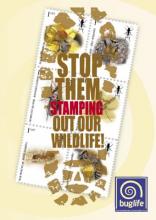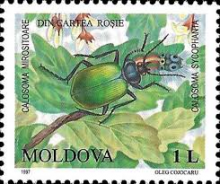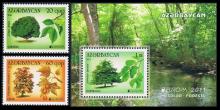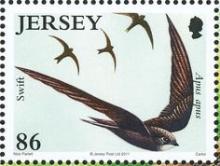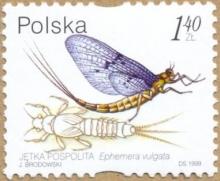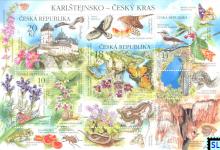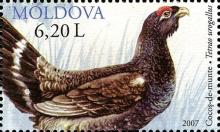Freshwater insects recover while spiders decline in UK
Many insects, mosses and lichens in the UK are bucking the trend of biodiversity loss, according to a comprehensive analysis of over 5,000 species led by UCL and the UK Centre for Ecology & Hydrology (UKCEH). The researchers say their findings on UK biodiversity between 1970 and 2015, published in Nature Ecology & Evolution, may provide evidence that efforts to improve air and water quality could be paying off.

